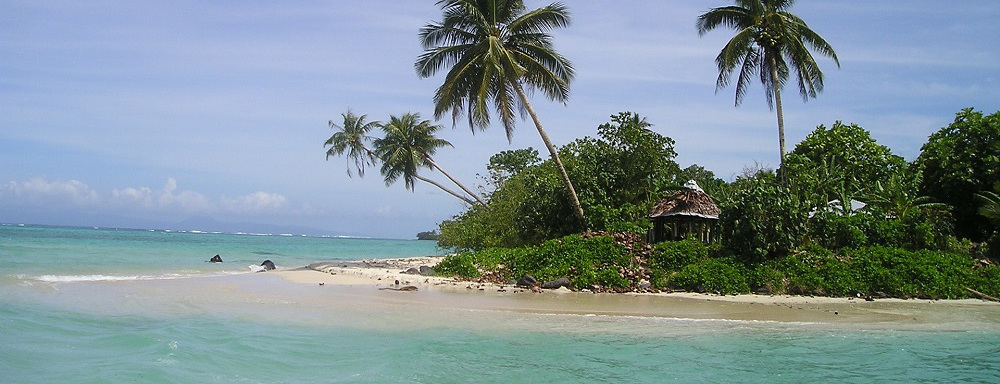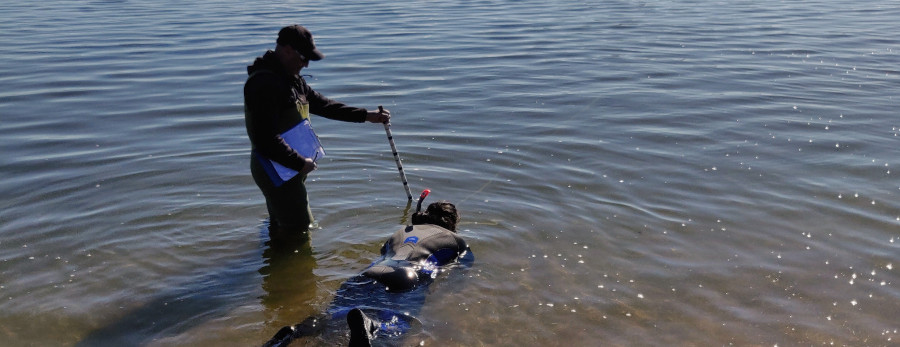 Establishing accurate chronologies for the dispersal of humans through the Pacific are critical for Indigenous populations and for our understanding of the potential impact of climate change on those populations today.
Establishing accurate chronologies for the dispersal of humans through the Pacific are critical for Indigenous populations and for our understanding of the potential impact of climate change on those populations today.
Associate Professor Fiona Petchey has published an important paper in radiocarbon dating: Vital evidence: Change in the marine 14C reservoir around New Zealand (Aotearoa) and implications for the timing of Polynesian settlement.
Precise and accurate radiocarbon chronologies are essential to achieve tight chronological control for the ~ 750-years since Polynesian settlement of Aotearoa New Zealand. This goal has, however, been elusive. While radiocarbon datasets in the region are typically dominated by marine and estuarine shell dates, such chronological information has been ignored by those interpreting the timing of key events because a detailed regional calibration methodology for marine shell, comparable to the highly precise Southern Hemisphere calibration curve, is lacking.
In this paper, we present the first temporal 14C marine offset (ΔR) model for New Zealand based on paired estuarine/marine and terrestrial radiocarbon dates from 52 archaeological contexts. Our dataset displays significant offsets between the measured New Zealand data and the modelled global marine radiocarbon curve. These shifts are associated with oceanographic fluctuation at the onset of the Little Ice Age ~ AD 1350–1450 (650–500 BP). The application of a regional and temporal correction to archaeological shell dates provides complimentary information to terrestrial radiocarbon production and has the potential to add structure to the blurred chronology that has plagued archaeological theories about the colonization of New Zealand, and other Pacific islands, for decades.
Read the full research publication Change in the marine 14C reservoir around New Zealand (Aotearoa) and implications for the timing of Polynesian settlement on Nature.


Associate Professor